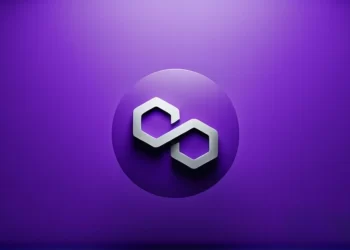Ethereum developers are actively focusing on the Electra Upgrade. They project a testnet launch by the end of April, aiming to enhance Ethereum’s stability and security.
Ethereum developers are diligently preparing to release the upcoming Electra hard fork, primarily focusing on the consensus layer. Expect this exciting update to be available in the coming weeks.
Important Updates to Be Aware of: Ethereum Electra Upgrade
At the recently held All Core Developers Consensus (ACDC) bi-weekly meeting led by Ethereum Foundation (EF) Researcher Alex Stokes, various topics were discussed, such as Ethereum Improvement Proposals (EIPs) and the Electra upgrade. These developers have been diligently working on the Electra hard fork, which includes four initial EIPs.
Based on their plans, the Electra specification, which will be built upon these four EIPS, is expected to be ready for testnet launch by the end of April. One EIP that caught my attention is 6110, which aims to facilitate validator deposits on the chain. According to a blog post, the proposed change seeks to enhance the security and stability of Ethereum by altering the method of processing validators’ deposits.
Additionally, EIP 7002 provides triggerable exits to the execution layer (EL). Teku developer Mikhail Kalinin is exploring potential adjustments to this EIP that will also prompt a change in the Engine API.
EIP 7251 proposes increasing the maximum effective balance (maxEB) of validators to 2048 ETH. However, according to Lighthouse developer ethDreamer, two questions need to be addressed regarding this EIP. The developer is inquiring about custom ceilings for partial withdrawals for validators with an adequate balance of more than 32 ETH.
Another consideration is whether the consolidation of validators should be allowed as a CL or EL-initiated operation. Interestingly, initial discussions concerned designing the feature as a CL or Beacon Chain operation. However, after receiving feedback from the Lido team, it is now believed that EL is a more suitable alternative. The Lido team mentioned that the CL strategy could disrupt certain “accounting” operations within their smart contracts.
Official answers to the questions haven’t been provided yet, as Ethereum developers plan to hold a dedicated meeting to discuss them.
ETH Blockchain Embraces Additional Enhancements
There are concerns that the simultaneous implementation of EIP 7002 and 7251 in the same upgrade may lead to some complications.
Therefore, Kalinin is actively looking for ways to address these potential challenges. EIP 7549 marks the latest implementation in the Electra hard fork. Its purpose is to relocate the committee index beyond attestation. Ultimately, the Electra hardfork aims to enhance Ethereum’s performance, security, and usability.
In recent weeks, the Ethereum blockchain has introduced various features and amendments. One notable addition is the Dencun Upgrade, which has successfully lowered the gas fees on Layer-2 protocols. The blockchain also embraced the COTI Network’s V2 whitepaper.
This whitepaper aims to enhance confidentiality on the Ethereum network.

























